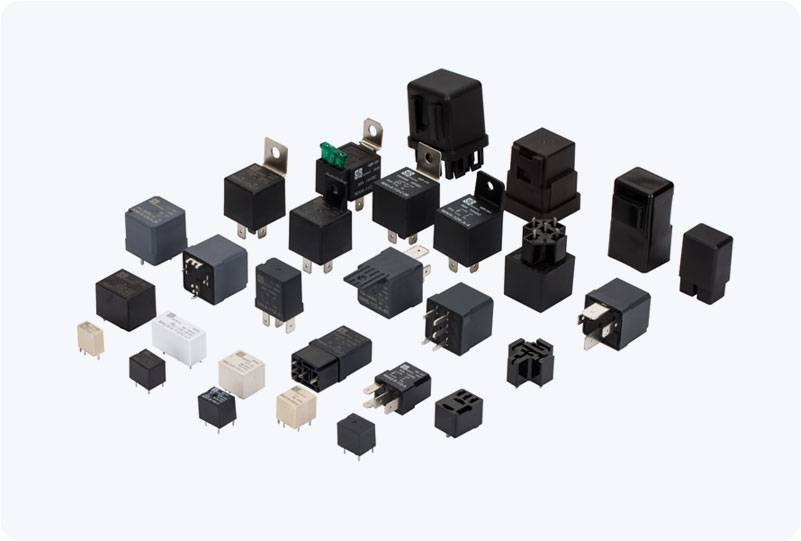A Time Delay Relay (TDR) is an essential component in many industrial and electrical systems. It is used to introduce a delay in the operation of a device or circuit after receiving an input signal. Time Delay Relays are widely used in applications where it is necessary to control the timing of a device’s operation. From basic ON or OFF delays to complex cyclical operations, TDRs play a crucial role in improving the reliability and longevity of electrical systems. This article will explore the function, working principle, applications, and benefits of Time Delay Relays.

What is a Time Delay Relay? A Time Delay Relay is a type of relay that introduces a delay in its switching operation after a trigger signal is received. The relay does not respond immediately to a change in the control signal, but rather waits for a predetermined period before activating or deactivating the circuit. Time Delay Relays are commonly used to protect electrical equipment from damage due to rapid or abrupt switching, ensuring smoother operation over time. There are different types of Time Delay Relays based on how the delay is applied, including ON Delay, OFF Delay, and Recycle Delay. Each type serves a specific purpose, depending on the requirements of the application.